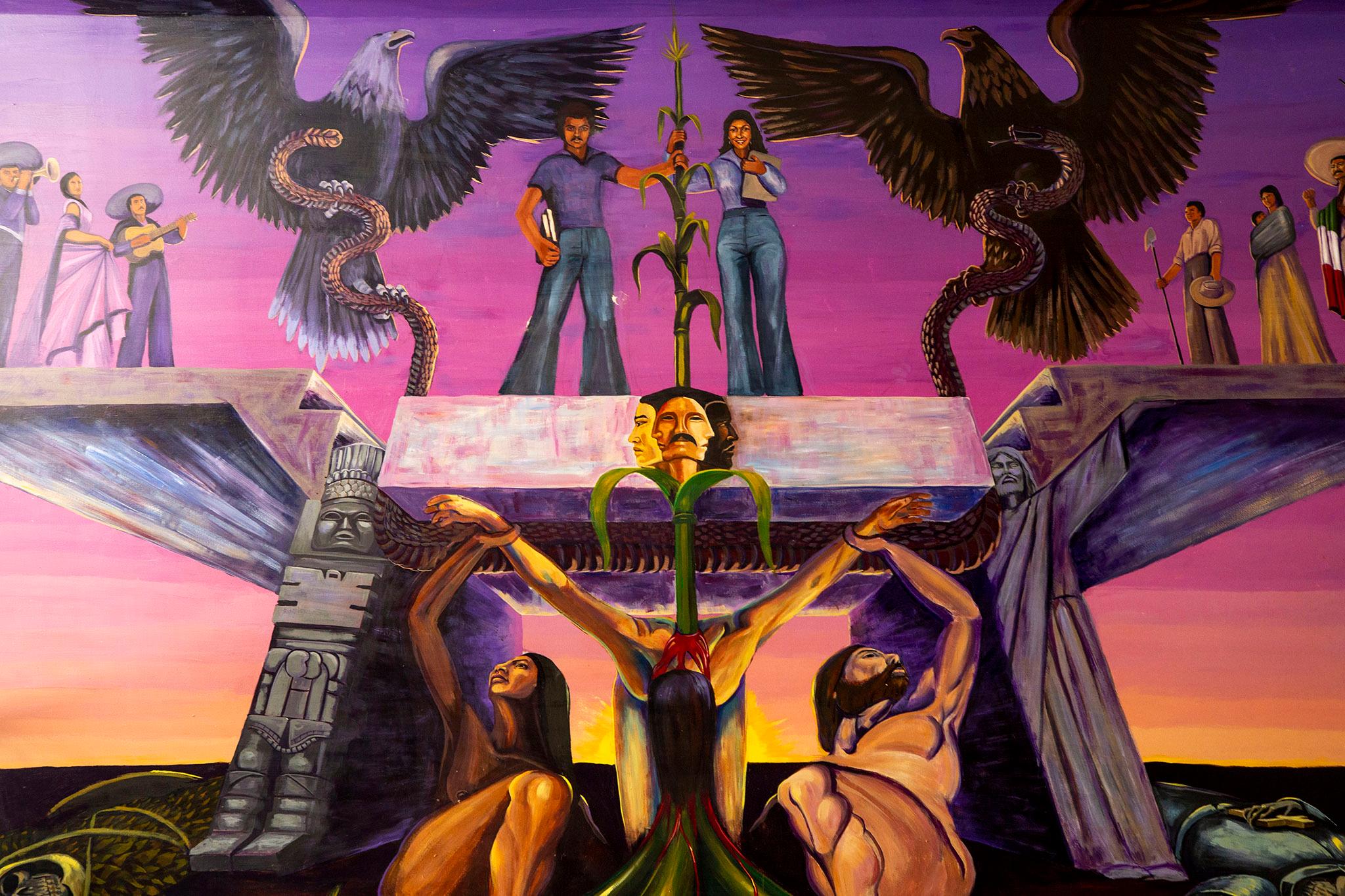Lucha Martinez de Luna has spent the last few years cataloging Chicano art work around Denver in an effort to preserve them.
As director of the Chicano/a Murals of Colorado Project, Martinez de Luna has a deep connection to the work: Her father, Emanuel Martinez, was a muralist. She fears that if more isn't done to keep his work and other murals from Chicano/a artists from being tagged or destroyed, cultural monuments that give some areas of the city a sense of place could be erased.
She said the artwork -- she's catalogued nearly 40 murals so far -- shows Chicanos and Chicanas still have roots in certain areas, even if gentrification has forced them out.
"Basically, it's the only thing left of us in many of these communities," Martinez de Luna, who grew up in Denver but now lives in Golden, said. "We've been displaced entirely."
Denver City Councilmember Jamie Torres will partner with Martinez de Luna to help pay for protective coating (called MuralShield) for some of the murals, as well as plaques bearing the details behind them. Martinez de Luna, who brought the project to Torres, said adding these measures will let developers and even other artists know the works mean something to the community, wherever members may be, before they try to alter or remove them.

Torres' district, which covers much of Denver's Westside, has several of the murals Martinez de Luna has catalogued, including one that could be part of a proposed historic cultural district recognizing Chicano history in the Lincoln Park neighborhood.
But even if the cultural district comes to fruition, it wouldn't do much for artwork in its boundaries. City planning spokesperson Amanda Weston said over email last month that murals can't be protected through this historic designation process, though the department is considering how to incorporate them.
"We realize our murals are important to us, so we've got to figure out another way to protect them," Torres said.
Martinez de Luna said she started the mural project in 2018 after she noticed murals were being destroyed.
She pointed out two examples, including "Huitzilopochtli," which was painted over outside a dispensary last year, and another massive mural, designed by her father in the 1970s, called "Urban Dope, Rural Hope" that was erased in the late '90s.
The city has launched its own effort to catalog places and landmarks connected to Chicano and Latino history. But Martinez de Luna said more can and should be done.
"The reality is, it's not a priority," Martinez de Luna said about these works. "A lot of preservation projects, they work inside a box. Marginalized communities don't fit in that box. Community murals don't fit in that box."













